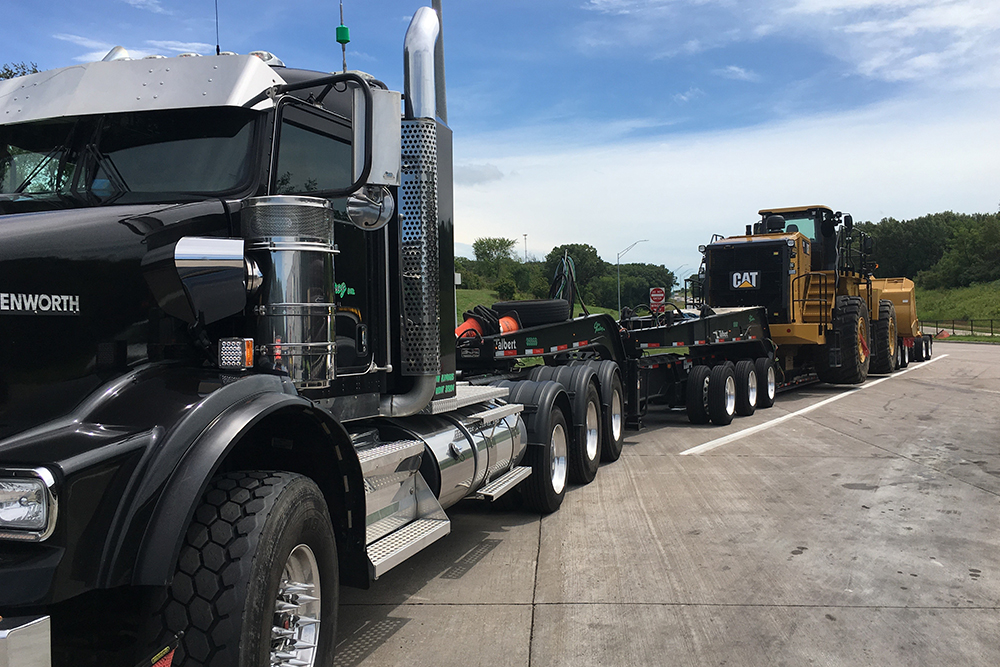Transporting heavy loads and oversized cargo across the United States and Canada can be a complex and challenging task. With the extensive road networks and varying regulations in different states and provinces, it is crucial to conduct thorough route surveys to ensure the safe and efficient transport of these specialized goods. In this article, we will delve into why route surveys are critical for heavy load and oversized transport in North America.
What is a Route Survey?
A route survey is a detailed assessment of the entire transportation route that a heavy load or oversized cargo will take. This includes identifying potential obstacles such as low bridges, narrow roads, sharp turns, and weight-restricted areas that could pose challenges during transit. By conducting a route survey, transport companies can proactively address any issues and plan alternative routes if necessary.
Why Route Surveys are Critical
1. Ensuring Safety
Safety is of utmost importance when it comes to transporting heavy loads and oversized cargo. Route surveys help identify potential hazards along the route, allowing transport companies to take necessary precautions to prevent accidents. By knowing the route conditions in advance, drivers can navigate safely and avoid risky situations, ultimately reducing the likelihood of incidents on the road.
2. Compliance with Regulations
Different states and provinces have varying regulations when it comes to heavy load and oversized transport. Route surveys help ensure compliance with these regulations by identifying any areas where the cargo may exceed weight limits or dimensions. By following the prescribed routes and obtaining the required permits, transport companies can avoid fines and legal issues that may arise from non-compliance.
3. Preventing Damage to Infrastructure
Heavy loads and oversized cargo can exert significant pressure on roads, bridges, and other infrastructure along the transportation route. Conducting a route survey allows transport companies to assess the structural integrity of these assets and determine if any reinforcements or modifications are necessary to prevent damage. By identifying weak points in advance, companies can protect the infrastructure and avoid costly repairs in the future.
4. Minimizing Disruptions
Delays in transporting heavy loads can have far-reaching consequences, affecting not only the transport company but also other businesses and communities along the route. Route surveys help identify potential bottlenecks, construction zones, or other factors that could cause delays in transit. By planning alternative routes or scheduling transport during off- peak hours, companies can minimize disruptions and ensure timely delivery of the cargo.
The Role of Technology in Route Surveys
Advancements in technology have transformed the way route surveys are conducted for heavy load and oversized transport. Tools such as GPS navigation, route planning software, and drones have made it easier to gather real-time data and accurate measurements of the transportation route. By leveraging these technologies, transport companies can improve the efficiency and accuracy of route surveys, leading to smoother and safer transport operations.
Final Thoughts
Route surveys play a crucial role in ensuring the safe and efficient transport of heavy loads and oversized cargo in the United States and Canada. By conducting thorough assessments of transportation routes, companies can mitigate risks, comply with regulations, prevent damage to infrastructure, and minimize disruptions during transit. With the help of technology and strategic planning, route surveys will continue to be a vital component of successful heavy load transport operations in North America.

